Working Toward a Climate-Neutral Facility
Targeting net-zero energy use, the campus integrates as many sustainable building and site design elements as possible. It comprises structures repurposed from existing buildings and uses regionally sourced materials where feasible, with renewable energy components like ground source geothermal heating and cooling, solar energy, sustainable water management, and more.
By showcasing practices that are becoming increasingly necessary in the face of climate change, the Conservation Center demonstrates how a large facility can be climate-neutral and preserve the natural features of the surrounding habitat. These carefully planned elements also provide ongoing savings in utility expenses—leveraging more dollars for land protection and stewardship.
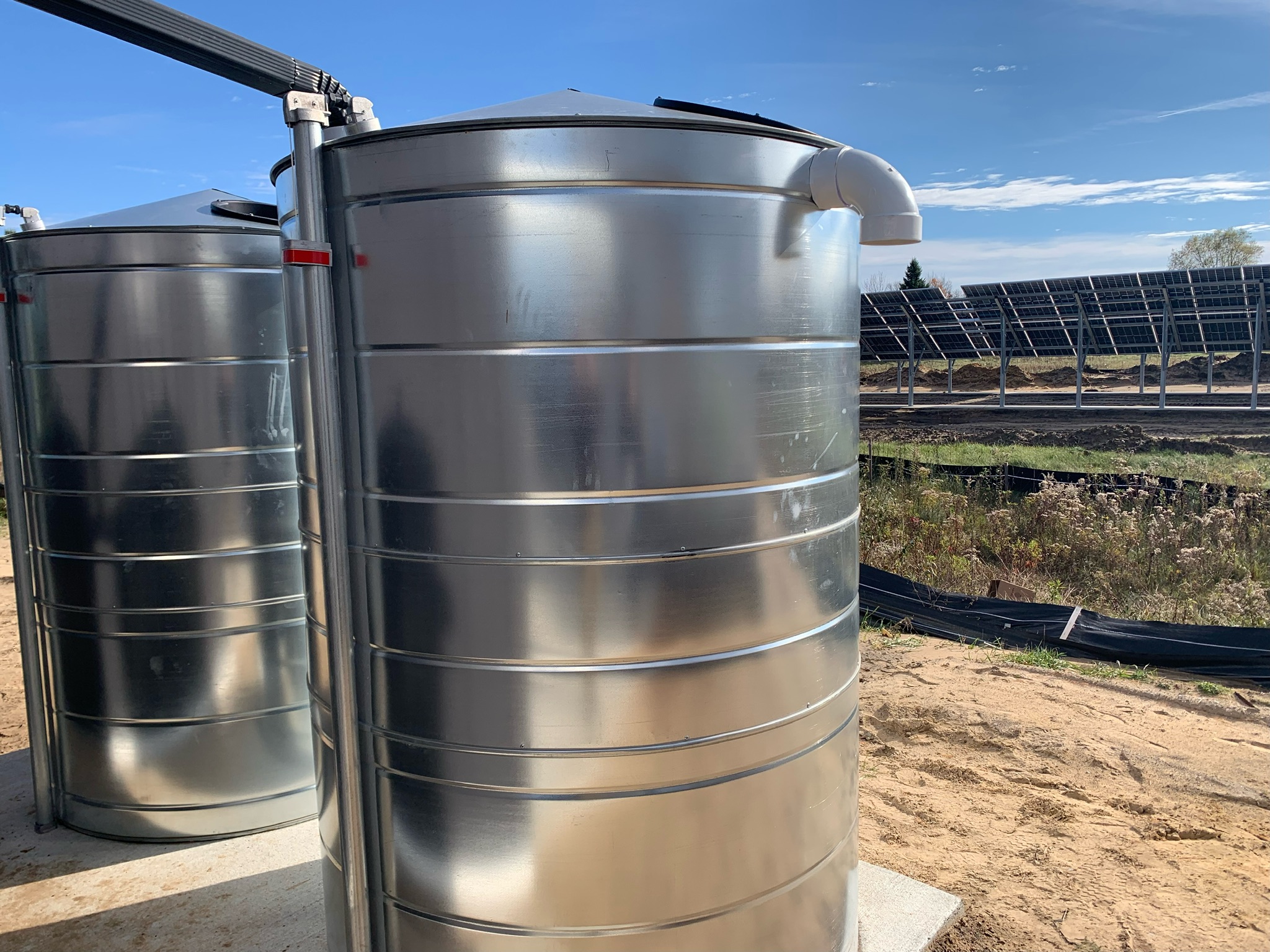
Rainwater Harvesting
A rainwater harvesting system provides about 90% of the Conservation Center’s irrigation and flushing needs. Rainwater is captured from the roof of the main building, filtered, and then used to flush toilets and irrigate native landscaping and the greenhouse
A simple rain barrel system installed at the volunteer hub also captures rain from its roof that is supplied to the greenhouse.
Bioswale
Bioswales are vegetated, low-lying channels that trap and absorb stormwater runoff as a more
environmentally friendly alternative to concrete gutters and storm sewers. Stormwater runoff from the parking area is captured in a series of bioswales, where it is slowly held and filtered by native wetland plants before permeating the water table.
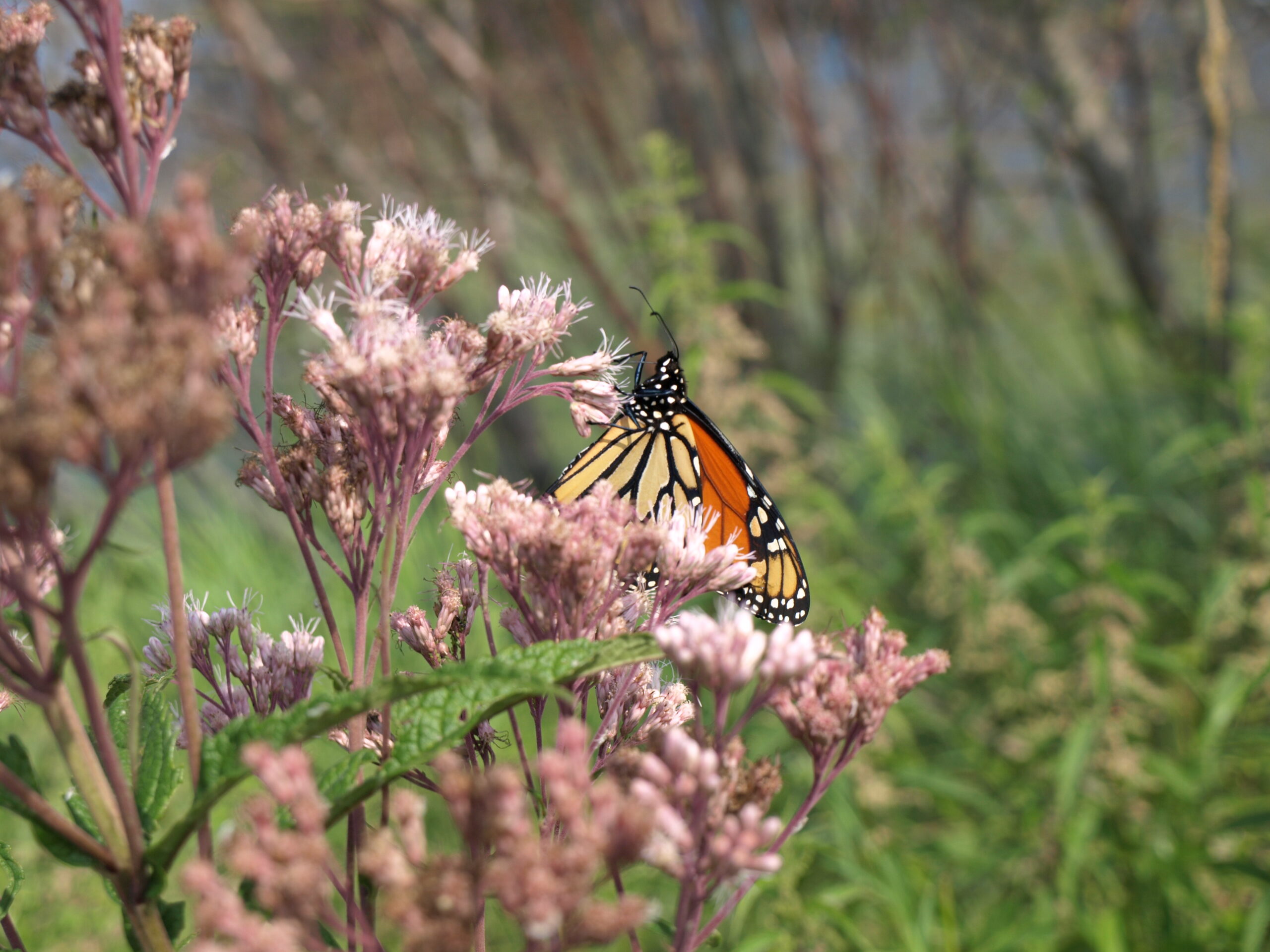
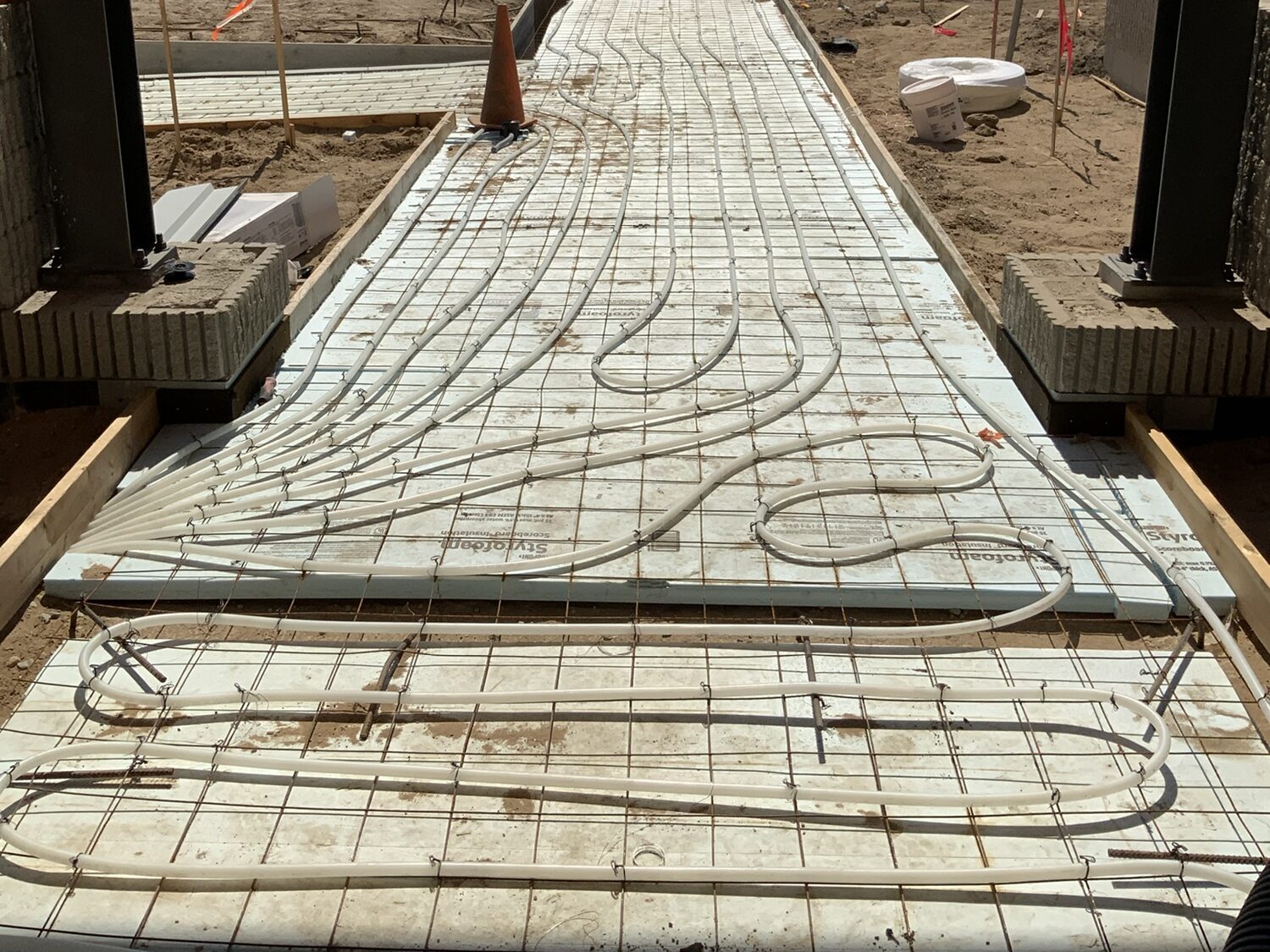
Snow Melt System
Fluid heated by the geothermal system and solar electricity circulates under the sidewalks in front of the main building and the crossing to the volunteer hub building. This process protects the building’s floors and the wetland plants in the bioswales from the harmful effects of ice melt salts or other chemicals.
Solar Energy
A solar array is located on a flat, open field on the south side of the premises. The array is ground-mounted to keep the panels free of snow and adjusted to the angle of the sun, and double-sided to capture energy directly from the sun and reflected light off the snow. The panels also offer a small herd of goats protection from the elements while they help control vegetation around the array, demonstrating agricultural and solar compatibility.
This system has a goal of reaching ‘net-zero’ over the year, with the bit of energy we draw from the grid during winter offset by our extra production during the rest of the year.
The campus also features electric vehicle charging stations in the parking area.

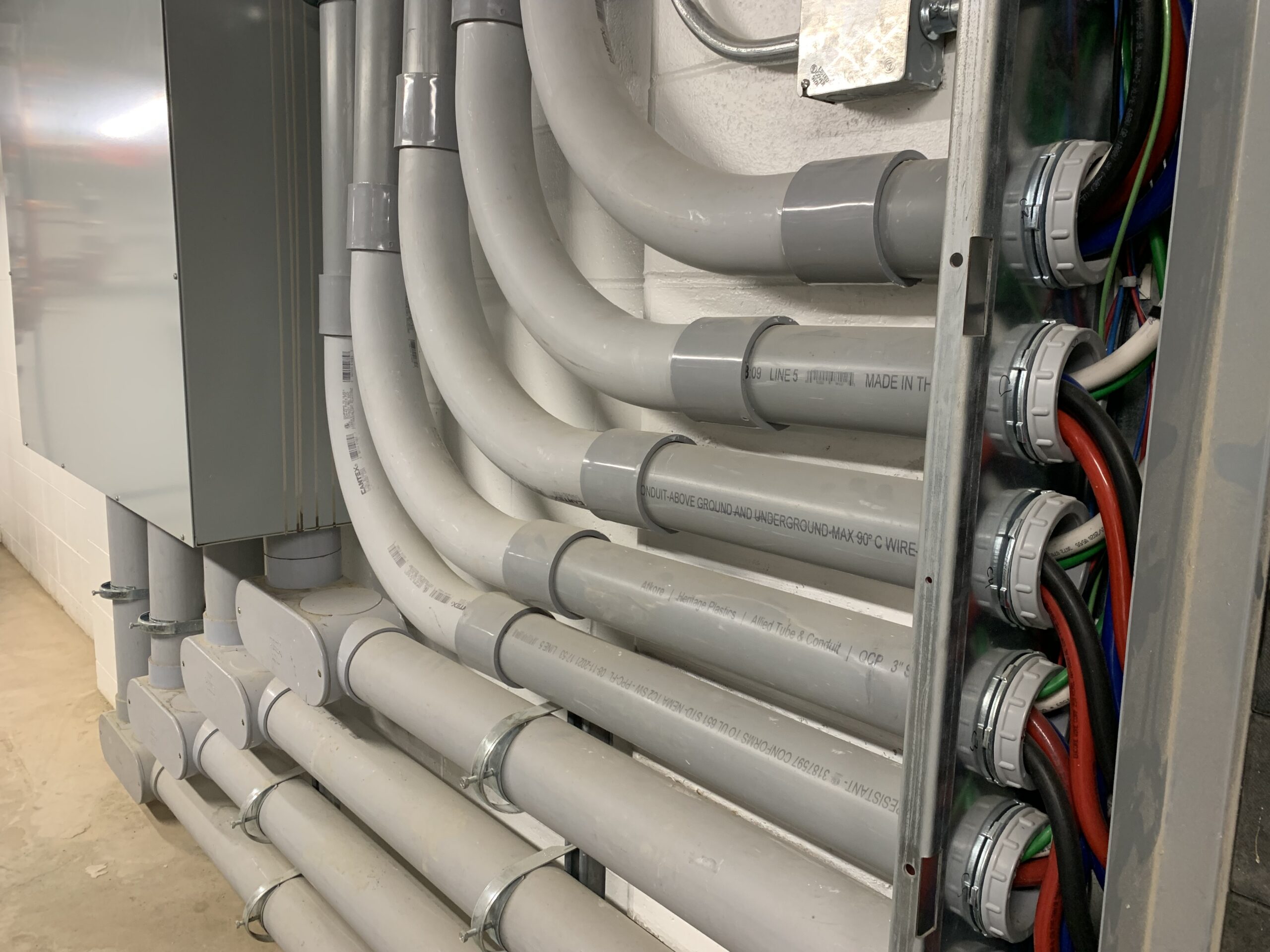
Smart Electric Panels
Smart Electric Panels let us monitor and control how our energy is distributed. With this technology, we can use solar power to directly supply our operations and conserve energy by reducing the load when buildings aren’t in use. If we acquire a solar battery, we can use our solar array to sell electricity at peak demand.
Geothermal System
The electric geothermal heat pump is a system that heats and cools the buildings. Geothermal lines filled with glycol exchange heat with water from the earth (where it maintains a fairly constant temperature of 55 degrees), which is then warmed using electricity generated by the solar array. While this type of system is usually run vertically about 400 feet deep, the loops were only laid to a depth of eight feet and run horizontally to avoid disturbing an aquifer and take advantage of the high water tables found on the site.
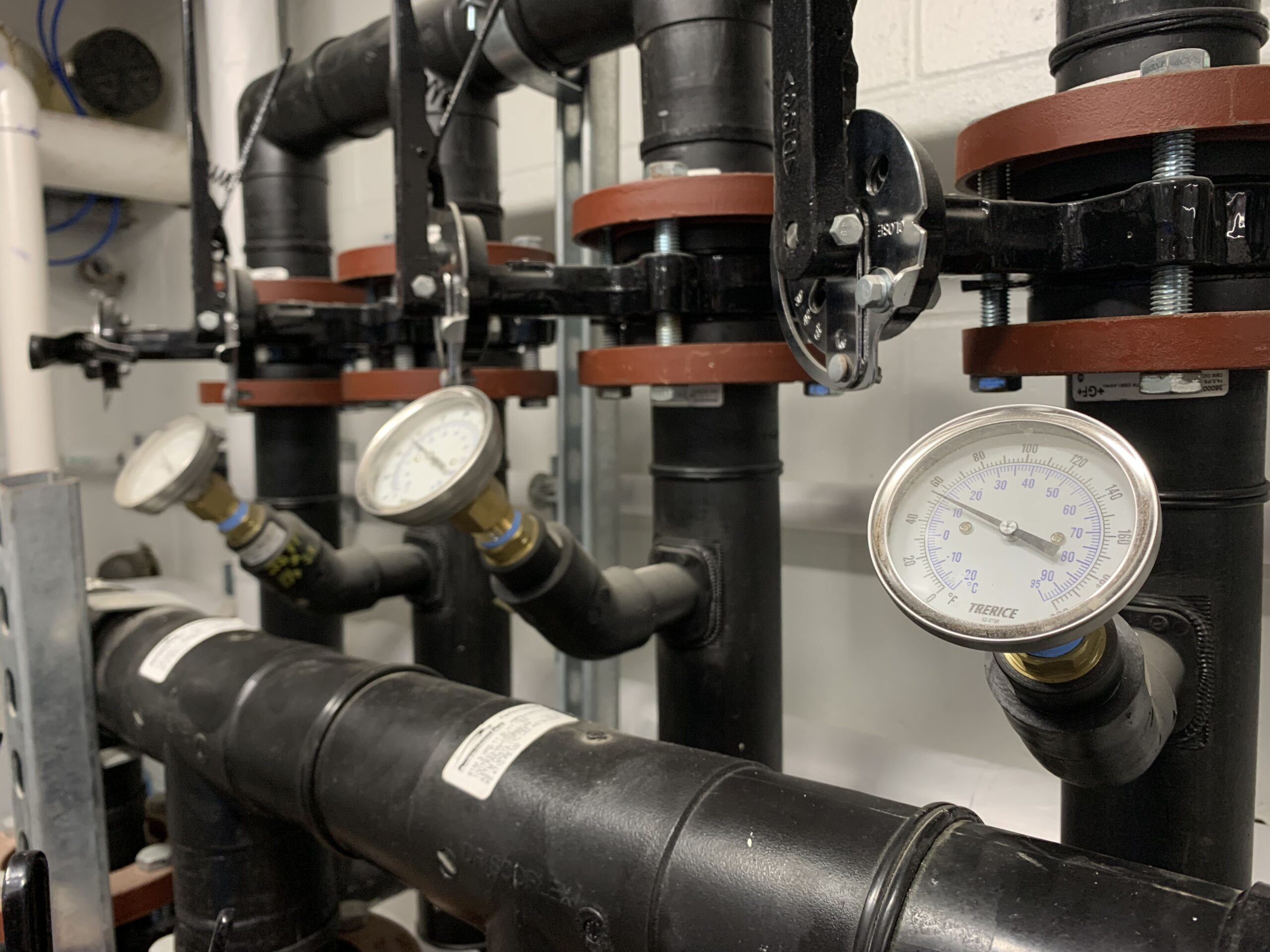
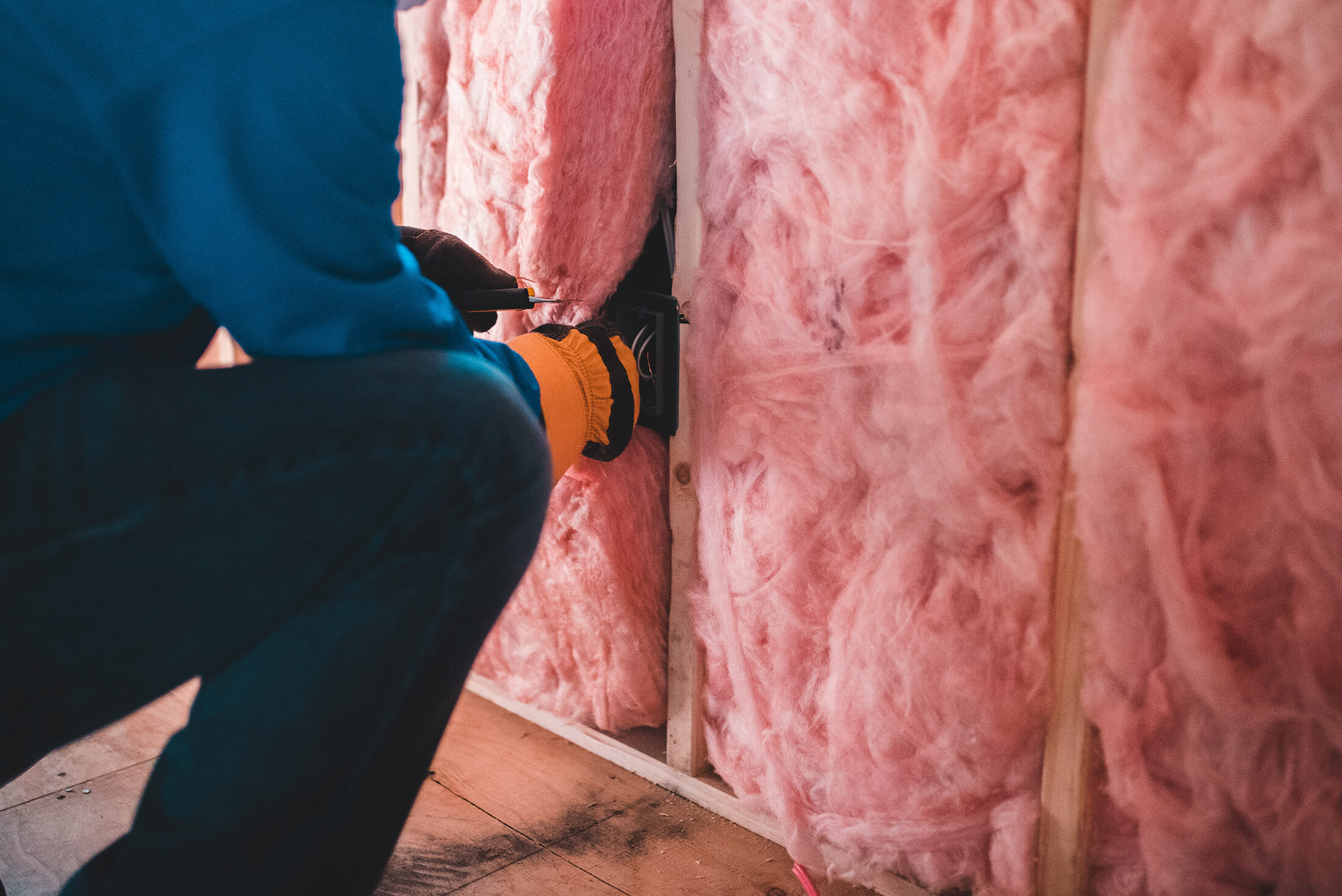
High-efficiency insulation
The Conservation Center features double-thick walls and several layers of insulating materials to provide a high degree of energy efficiency.
Bird-protection Glass
Unfortunately, an estimated one billion birds die around the world each year from crashing into glass windows and doors. The building features patterned glass that is visible to birds while remaining transparent to the human eye.

